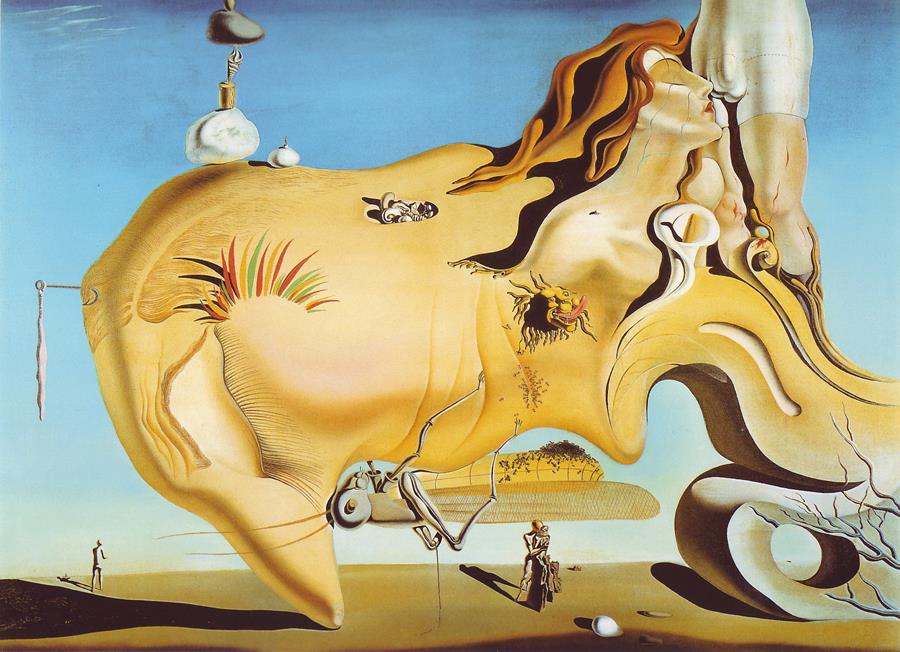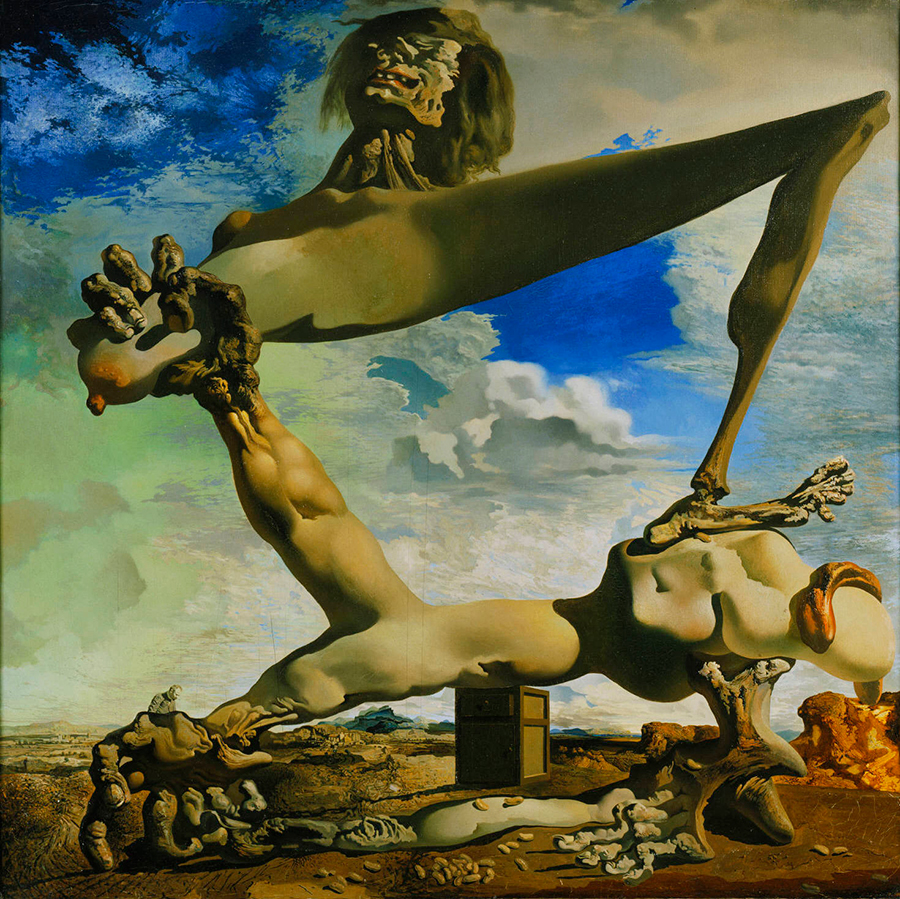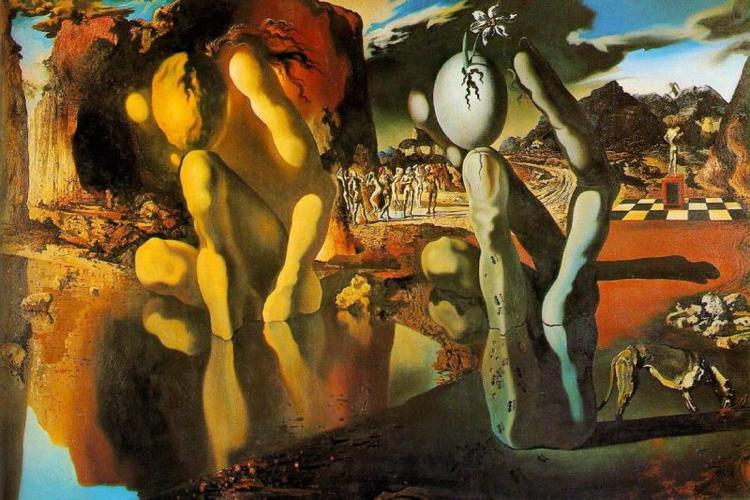What is Surrealism
If you aren’t familiar with surrealism, it is described by Wikipedia as a “cultural movement that began in the early 1920’s and is best known for its visual artworks and writings.” So, why does this matter and what is surrealism a reaction against? At its most basic surrealism is art that stems from imagination, allowing artists to express their emotions rather than creating art from rational thought. In the 20th century those in the art and literary realm experienced what they viewed as destruction brought about by politics and European culture which was thought to be driven by rationalism, and ultimately resulted in the horrors of World War I. In essence, perhaps surrealistic art was an “escape” of sorts for those who preferred to focus on their emotions in what must have been a very difficult time period.
Could the subconscious mind work to establish a reality?
While there were many artists during the period, Salvador Dali (also known as Salvador Felipe Jacinto Dali Domenech) was a Spanish surrealist printmaker and painter who could do something not every artist can accomplish, which is to bring about images from the subconscious mind. Using a process Dali coined “paranoiac critical,” the early 20th century artist induced hallucinatory states in himself in an effort to demonstrate how the subconscious mind could work to establish a reality considered at the time to be more influential than reason.
Influenced by Renaissance Painter Raphael
Considered the most recognized surrealist artist in the world during the period from 1929 to 1937 Dali offered a “mature” painting style that while realistic and meticulous in detail was often considered irrational and bizarre, revealing a dream world in which ordinary objects were deformed, juxtaposed, or in the eyes of many simply odd or strange. It was during the late 1930s that Dali was ousted from the surrealist movement after he began creating his art in a style that was academic and influenced by Renaissance painter Raphael.
He claimed to be the “most big genius of modern time”!
Spending a large portion of his life creating controversy, sensation, and otherwise shocking the world, Dali often left art lovers wondering whether he was actually a genius or a madman. While Dali died at the age of 84 just 28 years ago, he claimed to be the “most big genius of modern time” when compared to other contemporary painters in 1960. In the U.S. many feel that Dali was better known among artists of the 20th century than Pablo Picasso. In addition to stirring up controversy, Dali was said to have been equally as passionate about money and publicity, at one time endorsing products on TV commercials for both American and French companies.



More posts on Dali
Figure at the Window – besides getting revenge with his sister, what does this painting mean?
Dali – Genius or a Madman?






